Running Training Plans
Choosing the right running training plan can be hard to figure out. Are you thinking about training for a race, and are unsure what training plan will work for you or how to use it? There are plenty of training plans out there to choose from. This guide will help you narrow down your search, and show you how to choose and utilize a running training plan.
Where to Start?
There are several things to consider when choosing a running training plan. Training plans are focused on distance and time goals. Think about what you want from the race and go from there.
When deciding on a training plan, consider the length of the race is it a 5k or a marathon. Is the race a road race, trail run or an ultra? Distance matters and the plan you choose will be based off that distance.
Race Goals
Race goals are important when deciding on your pace for the race. Are you looking to PR? Is this your first marathon and perhaps you just want to finish.
I always go into a race with three set goals. I pick goals, that at the end of the day I can live with. One of my goals is usually my longest possible time to finish. Another goal usually is a PR for the particular distance I am running. A final goal is usually a time somewhere in between.
There are many variables that can affect your time at a race such as weather, injury or illness. One thing you can control is your training. When you follow the plan, you can’t go wrong. So set those goals, and come race day you will crush them!
Choosing a Running Training Plan
There are several running training plans out there. Typically a race’s website will have running training plans listed that you can follow. Compare several before choosing what will work best for you. Some training plans may be too aggressive for what you are looking for.
One of my go to’s for running training plans are Hal Higdon’s. Check out his website. There are plans listed from 5k to marathon. I have used the plans for just about every distance and they work well.
The plans are well laid out and easy to use, even for a beginner. There is also a description of the different types of runs. Such as long run, tempo and easy, and details on when to add the runs to your training. The plans are laid out by days of the week. The plans emphasize adjusting the schedule around your life.
If you are planning to run an ultra marathon, the training is a bit different. I would recommend reading Running Your First Ultra by Krissy Moehl. It is very informative and the training plans are fool proof. Check out my book review of Running Your First Ultra.

Generally I do my long runs on the weekend. During the week, I will run shorter distances. These runs vary on the day of the week, depending on my schedule. I still get in all the workouts, but it may not be identical to the day of the week laid out in the plan. For example if your plan says to run a Saturday long run, and you work Saturdays that probably isn’t going to work. You can adjust to run your long run on Friday’s if that works better.
Types of Runs in a Running Training Plan
Unsure of what to do for speed work and what exactly this means? What’s a long run? How fast should you run? Let’s start with the basics.
Tempo Runs
Tempo runs are 25-30 seconds slower than your 5 K pace. The run starts with a 5-10 minute warm up easy pace progressing to tempo pace that is held for at least 20 minutes. The run ends with a 20 minute cool down.
Why is a tempo run so good for distance runners? It’s all about running science! Lactate threshold is the point of intense exercise in your body, when you begin to accumulate more lactate than you can burn off. This leads to sore muscles and poor race performance. Tempo runs help to improve your lactate threshold, so that you are able to run faster without lactate buildup.
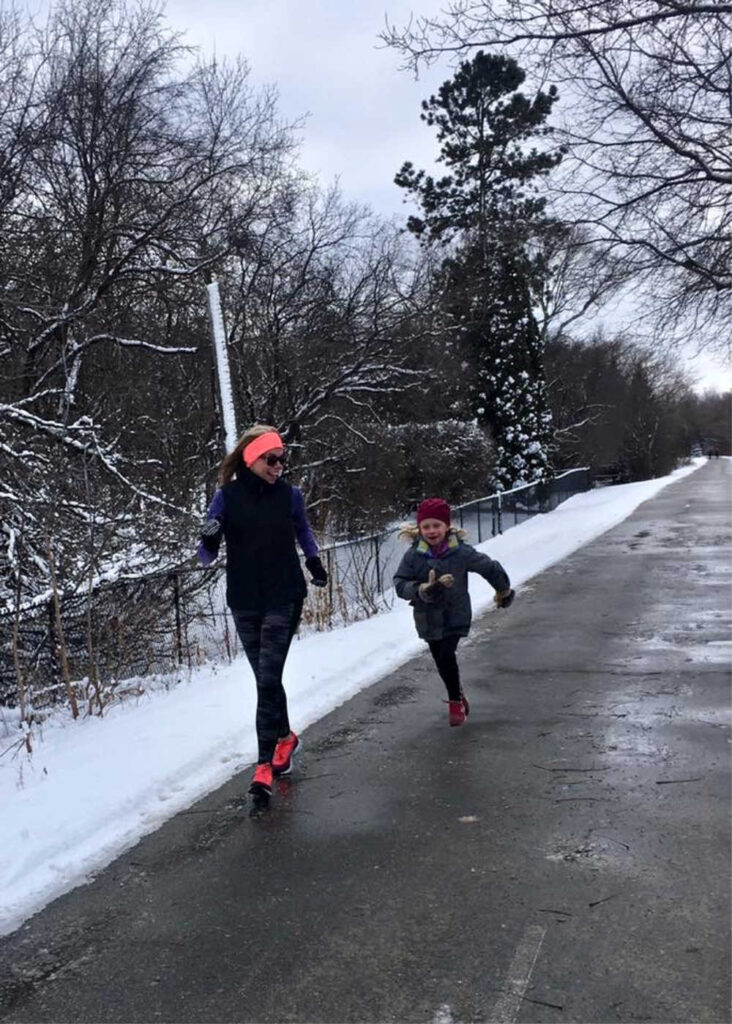
Intervals
Intervals are typically as follows a 5-10 minute warm up run, followed by a fast short controlled run, and then a rest period. Let’s say the plan indicated today’s run is 5 x 400’s. You will start out with your 5-10 minute warm up run and then run 400 meters at about 5k pace, followed by a recovery jog or walk of equal distance. Repeat this five times. Plans vary by 400’s, 800’s and 1200’s. Find a track or a flat road to run on.
Hill repeats are one of my favorite. Training on hills builds muscle, and enhances running economy. Hill repeats also helps to improve the lactate threshold. Hill repeats are a type interval run. Start out with a one mile warm up easy pace run, and then sprint up a hill. Then jog or walk back down the hill and repeat. End your run with an easy paced one mile recovery run. Find a good hill and fly!
Long Runs
These are my favorite runs of the week. There is nothing better than heading out with a group of friends for a long run on your favorite trail. This run is at conversation pace. Generally your pace is 1-2 minutes slower than race pace. Take is easy and enjoy this one! It is a huge accomplishment to achieve a distance you have never gone before!

Choosing Your Race Pace
Choosing your race pace can be tricky, but base it off your goals. Be realistic, if you have run a 4:30 marathon, a goal of a 3 hour marathon isn’t probably going to happen right away. Most runners only shave a few minutes off their PR time each race, so plan accordingly. I use the free VDOT O2 Running Calculator available on the App store. It uses your projected pace and then shows you what paces you should run your long runs, intervals and tempo runs.
Cross Training
Cross training is a part of every running training plan. Some good ideas for cross training are biking, swimming and yoga. Swimming is excellent cross training, as you use many different muscles in the water that you do not use while running. Yoga provides improved flexibility and balance, which is great for trail running.
Strength Training
Strength training is the key to injury prevention. Performing strength training twice weekly is optimal. You don’t need a gym, some basic equiptment will do. Some hand weights and resistance bands and your good to go. I am a big fan of resistance bands. I often take them with me even when I travel, so I can keep up with my training. These are the resistance bands I use, each color is a different resistance level.

Summary
There are so many choices for running training plans, and it can be challenging to find the right one. Pick something that works well for your lifestyle and your race goals. Remember life can interrupt the best laid plans, but it doesn’t have to derail your training. Try to work around those road bumps and keep on going.
Let me know how your training plans go! I love seeing how other runners are accomplishing their goals! Stay tuned for an exciting interview on Inspired to Run this week. Even with 2020 being far from ideal, my friend Stephanie has been has been out there crushing goals and setting PR after PR. Check back to read her interview, you won’t want to miss it!

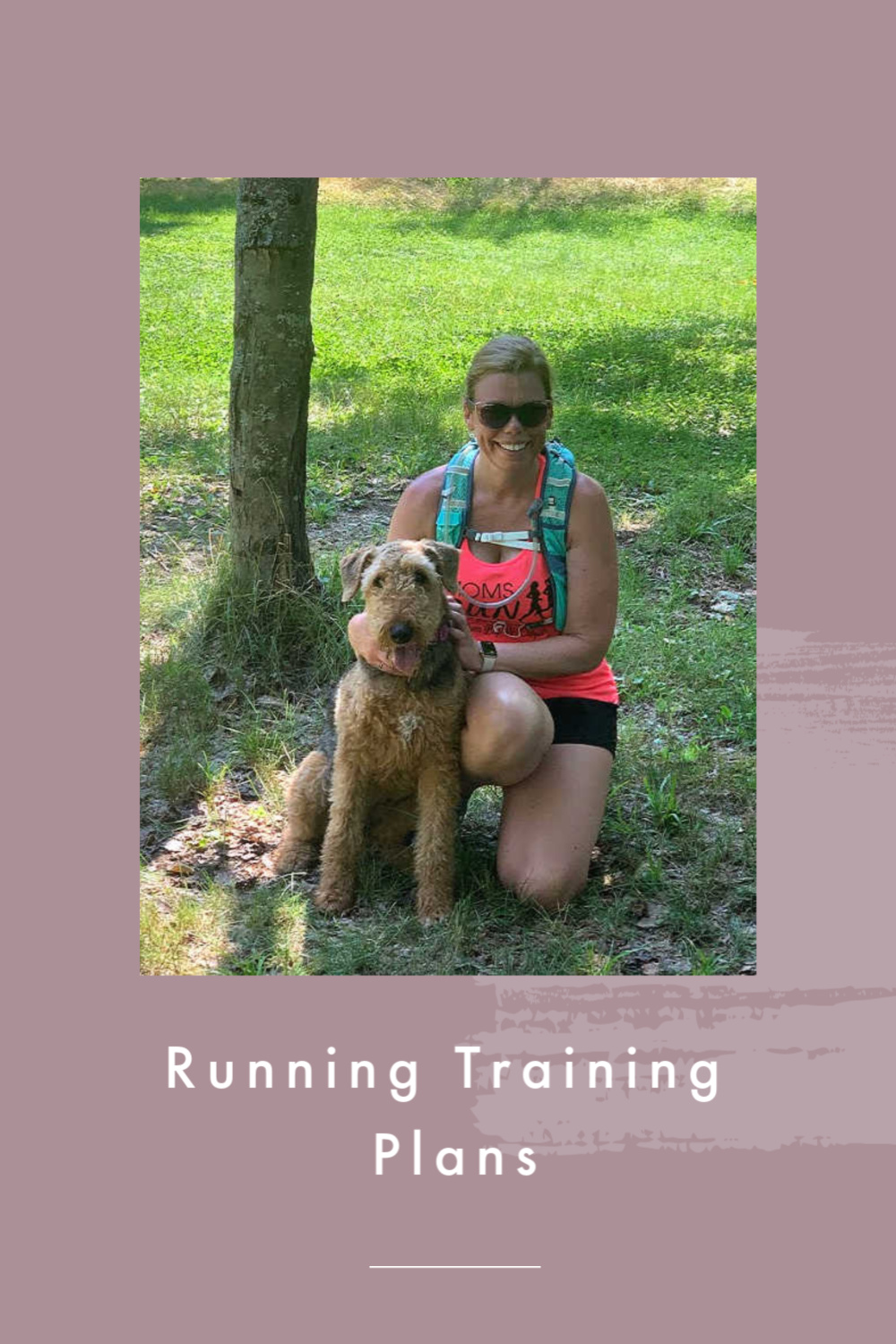



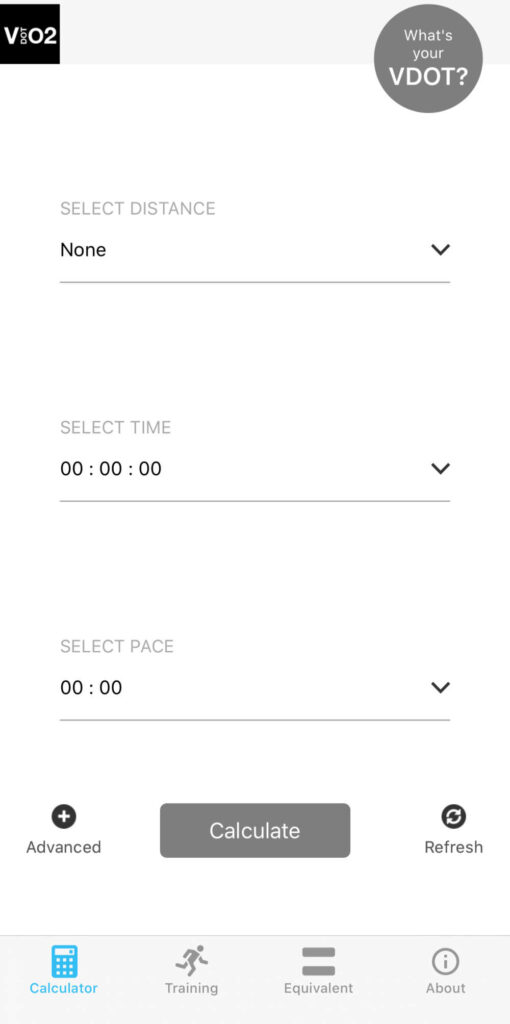
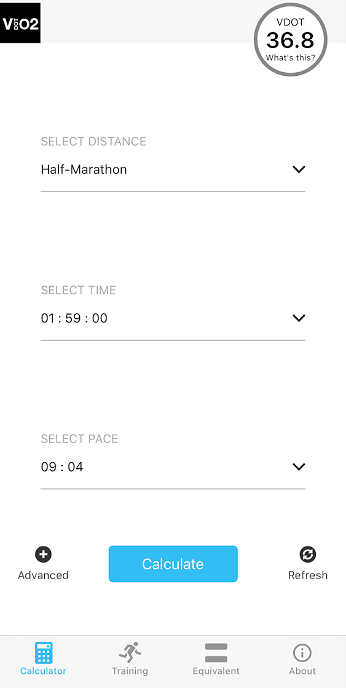
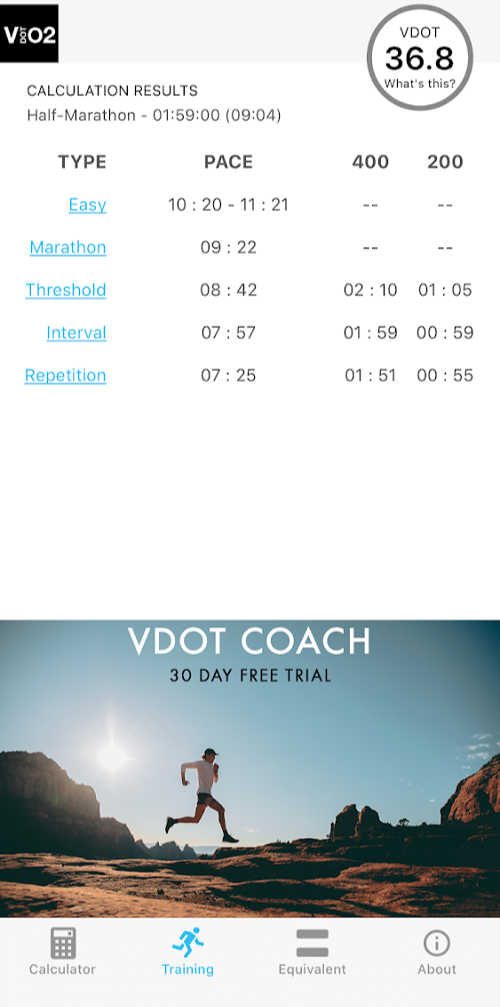



[…] going on my friend Stephanie keeps nailing her running training plans. In my last post about Running Training Plans, I discussed how to choose and utilize a running training plan. Since the start of the pandemic […]
[…] go short distances and some will go the distance. Slowly building up the distance is the key. Your running training plans will slowly increase in distance and this is perfect for running with your dog. Patience and […]